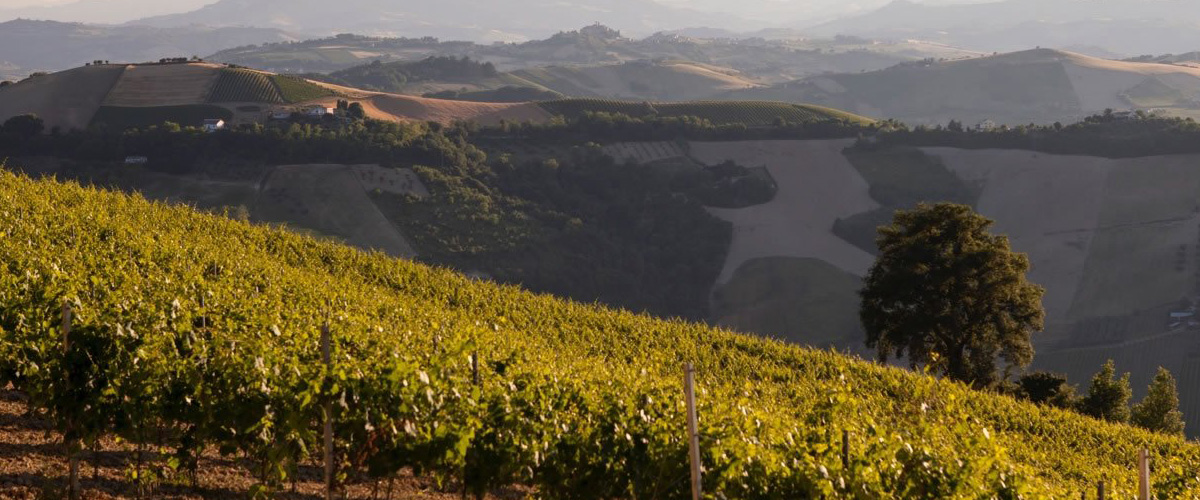Ripatransone Village
Ripatransone. High on the hill between the valleys of the Menocchia stream and the Tesino river, Ripatransone stands in a panoramic position so beautiful that it deserves the title of "belvedere del Piceno". It adheres to the National Association of Oil and Honey Cities and boasts the Orange Flag. The best-known attraction is the narrowest alley in Italy, so small that it has no name: it is a lane that respects all the canons facing it) but which is only 43 cm wide! Built and reinforced several times between the 12th and 16th centuries, the curtain wall of Ripatransone is one of the richest and most articulated in the Marche. The length of its perimeter is 2,418 m. and include: the Fonti complex, Porta Cuprense, Porta San Domenico, Porta d'Agello, Porta di Monte Antico, towers with Ghibelline battlements. The historic center boasts medieval, Renaissance and Baroque buildings. Inside the village, Corso Vittorio Emanuele II and the squares on it are connected by the presence of historical monuments: the Cathedral, built in 1957 but connected in 1902, which houses seventeenth-century statues and paintings and from which you can access at the Sanctuary of the Madonna di San Giovanni; the Town Hall, built in the thirteenth century and remodeled several times between the sixteenth and nineteenth centuries, which bears the arches of the fifteenth-century Loggia degli Anziani in the outer wall, with two frescoes by Giacomo da Campli: the Madonna del Latte and the Maddalena; the fourteenth-century Palazzo del Podestà, one of the best preserved public buildings in the Marche region, where the Mercantini Municipal Theater was created in 1824, which features the typical horseshoe plan and a ceiling, decorated with floral motifs and medallions, depicting the faces of Rossini, Verdi, Alfieri, Bellini, Goldoni and Metastasio. Particularly interesting are: the Civic Museum, housed in the Palazzo Bonomi-Gera which consists of five collections (the art gallery, with a rich patronage of important works by Vittore Crivelli and Vincenzo Pagani, the Gipsoteca Uno Gera, the historical ethnographic museum, the Risorgimento historical museum Luigi Mercantini and a gallery of contemporary art); the Archaeological Museum, which preserves numerous prehistoric, Picene and Roman finds, coming from the municipal area and the ancient Ager Cuprensis; the Museum of Peasant and Artisan Civilization, which documents the country's rural tradition and the Potter's Museum, attached to a production workshop, with over eight hundred terracotta artefacts including the typical whistles selected cuchi
| To be seen | Where to eat | Annual Events |
|---|---|---|
| Mercantini Theater | Red Baron | Fire Horse |
| Archaeological Civic Museum | Lu Cuccelò | Boscaiola Tagliatelle Festival |
| Episcopal Museum of Sacred Art | Farmhouse Spa Hill lily | Polenta festival with chestnut sauce |
| Narrowest alley in Italy | The badlands | Festival of the Scott in sword |













